Summer Succotash of Corn and Soybeans
If I lived by a culinary clock, pea shoots would herald the arrival of spring, corn would signal that summer had finally come, and kale would mean the autumn winds were here. We used to eat — like the way we dressed — according to the seasons. But with the arrival of refrigerated container cargo ships, Boeing 747s and global agriculture, we can enjoy foods fresh, frozen or canned out of season and all year long.
But still, in my mind there’s nothing that signals the arrival of summer in Oregon more than two things: corn and watermelon. The watermelon from Hermiston, Oregon, is sought after throughout the state. But for corn, the Willamette Valley is queen. We used to have fights at the dinner table over which was sweeter and tastier, white corn or yellow corn. When we were browsing the farmers market Saturday, I was happy to see that corn was abundantly available. I asked Charles to grab three ears for me while I stood in line to pay at the produce vendor we regularly frequent, with a bunch of cilantro, Italian parsley and spring onions already in my bag.
At home when I started to prepare dinner, I peeled back the husk on the corn cobs and was startled to discover that the ears of corn we had purchased had a mixture of yellow and white kernels. Everybody wins at the dinner table tonight, I thought to myself, as I ran a knife down the rows to cut the kernels from the cob into a bowl.
I’ve always enjoyed fresh corn, but it wasn’t until I moved to Texas that I was first served Succotash. It was at a now-defunct restaurant in Fort Worth called Celebration, and dinner was served family-style, with sides to share for the entire table while each diner got to order their own entrée. On some Sundays, Succotash would be one of the sides that was served: a mixture of corn, lima beans and red bell pepper. It was simply prepared, boiled for a few minutes, drained, and a generous dollop of butter melted in the mixture along with some salt and pepper. It was sweet and wonderful with fried chicken, fried catfish, meatloaf. When we moved from Texas to Baltimore, Succotash wasn’t on the menu of our favorite haunts, so I came to associate it with the South.
Come to find out, Webster’s attributes the origins of the word Succotash to the Narragansett (a native American tribe in Rhode Island) word msickquatash for boiled corn kernels. Even though I had associated the dish with the South, its origins are actually in New England!
Whatever the case may be, Succotash is often on our summer dinner menu, and I’ve come to throw a variety of vegetables into the mix with corn, including lima beans, fava beans, peas, and when I feel like adding an Asian twist, edamame, or boiled soybeans. The green pods, with their sweet and al dente seeds, were first popularized by Japanese restaurants that would serve them boiled in their shells with a little salt, as a snack to go along with beer. These days, you can find soybeans in the frozen vegetable section at Fred Meyer, Roth’s and even Safeway. You know a food has been Americanized when it makes the leap from ethnic grocery store to mass-market grocery store.
When I make Succotash with edamame, I will first blanch the beans in boiling water for two or three minutes, then immediately soak them in an ice-water bath before I shell them. I think this preserves their color as well as texture. After shelling the beans, I’ll sauté the corn in some melted butter and salt and herbs like thyme or winter savory before I add the edamame to the mixture to reheat the beans and then serve.
The next time you’re hungry for corn this summer, I’d encourage you to try this variation. It’s a tasty and colorful twist.
Enjoy!
— Vic
Category: Vegetable
About the Author (Author Profile)
Victor Panichkul is a journalist and writer by training; a cook, wine lover and photographer by passion; and a lover of the outdoors since moving to Oregon more than 10 years ago. He is a native of Bangkok, Thailand.






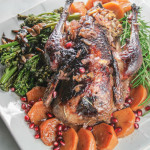
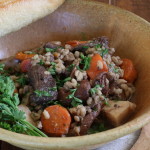
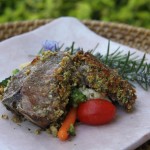



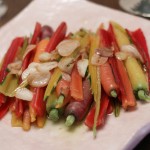
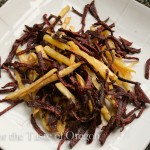


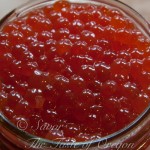

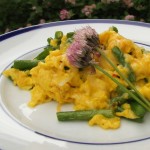
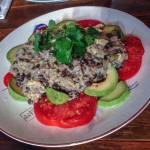

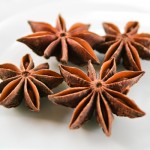



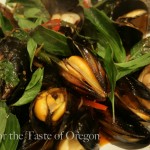


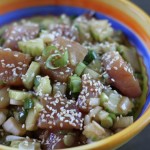
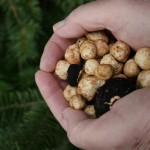




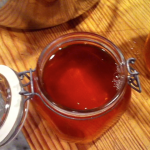











Sounds mighty good, Victor